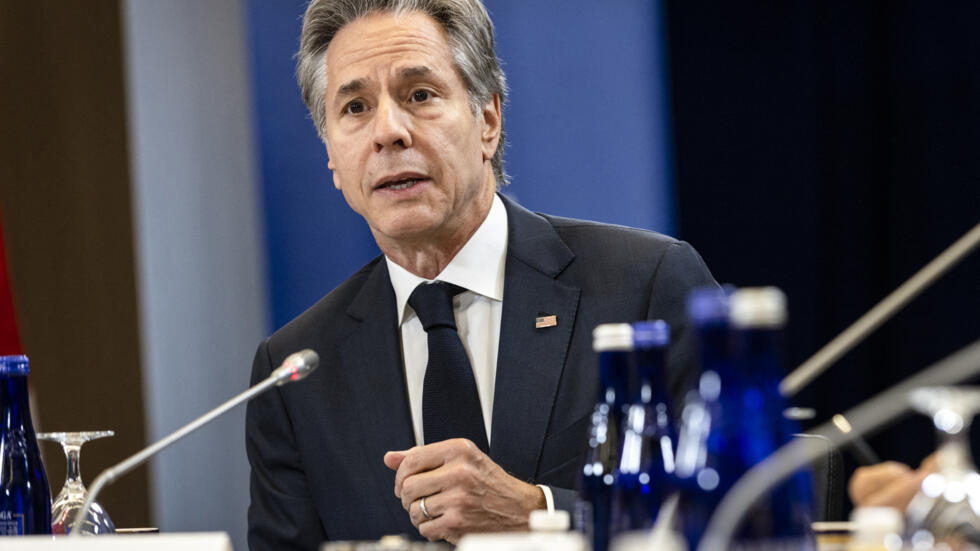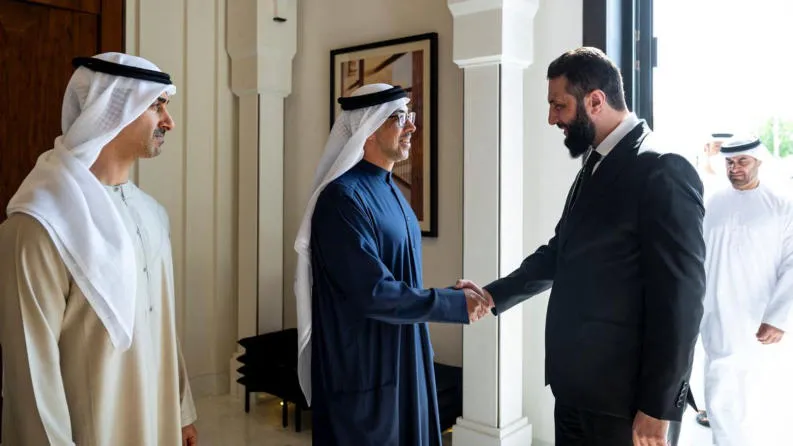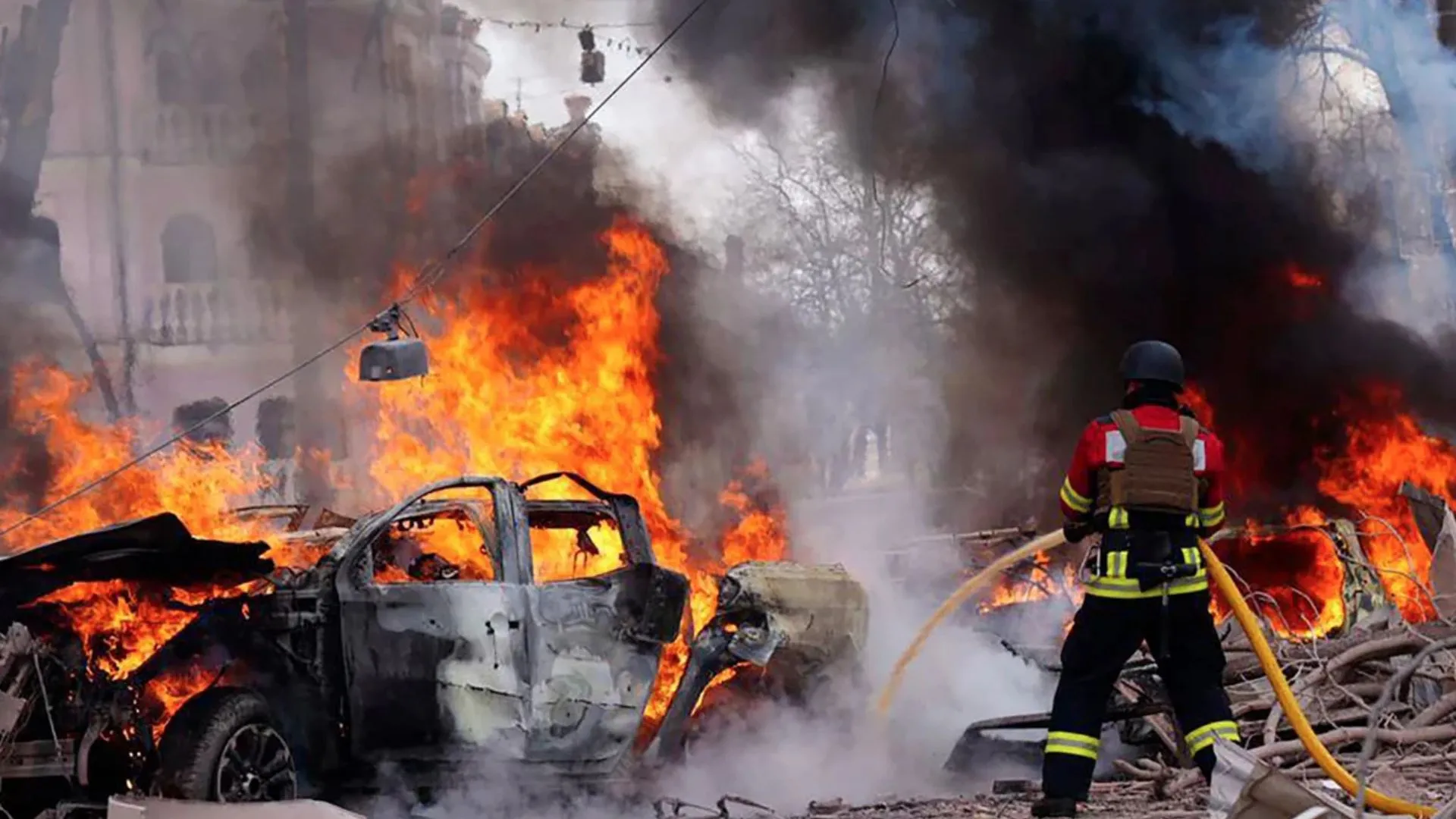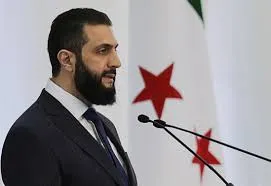The conflict between Israel and Hamas continues to escalate, with diplomatic efforts intensifying as U.S. Secretary of State Antony Blinken arrived in Israel on Sunday for urgent talks aimed at securing a ceasefire. This visit marks Blinken’s 10th trip to the region since the outbreak of the conflict on October 7, when Hamas launched a surprise attack on Israel, resulting in over 1,200 Israeli deaths and around 250 hostages taken. In response, Israel has carried out a relentless military campaign in Gaza, leading to over 40,000 deaths, as reported by the Hamas-run health ministry in Gaza, and displacing nearly the entire 2.3 million population.
The conflict has seen a significant escalation following the recent assassinations of a top Hezbollah commander and Ismail Haniyeh, the political chief of Hamas, raising fears of a broader regional war. Amid this backdrop, Blinken’s visit is part of Washington’s renewed efforts to broker a ceasefire, with the U.S. State Department stating that his primary objective is to conclude an agreement for a ceasefire and the release of hostages and detainees. Blinken is expected to meet Israeli Prime Minister Benjamin Netanyahu and other senior leaders on Monday before traveling to Egypt.
International mediators, including the U.S., Qatar, and Egypt, have been leading efforts to negotiate a ceasefire. Last week, after two days of talks in Doha, these mediators announced that they had reached a “bridging proposal” aimed at closing the gaps between the conflicting parties. However, negotiations are set to continue in Cairo this week, with significant challenges remaining.
Hamas, which has not directly participated in the latest round of negotiations, has expressed skepticism about the prospects of a ceasefire, calling the notion of an imminent agreement “an illusion.” The group has criticized the new proposal, stating that it is too aligned with Israeli Prime Minister Netanyahu’s position. Hamas has reiterated its demand that all Israeli troops must completely withdraw from Gaza as a prelude to ending the war, a condition Israel has so far been unwilling to accept beyond a temporary pause in fighting.
Israeli officials have also expressed caution regarding the negotiations. They have indicated that while some flexibility may be possible, certain demands, such as maintaining an Israeli military presence along the Gaza-Egypt border and the newly constructed Netzarim corridor, are non-negotiable. These measures, according to Israel, are necessary to prevent Hamas and other militias from rearming and regrouping.
Amid these diplomatic efforts, the situation on the ground remains dire. Israeli strikes across Gaza have continued, killing 28 people overnight into Sunday, including a woman and her six children in the central town of Deir al-Balah. The ongoing violence, coupled with the severe humanitarian crisis in Gaza, has added urgency to the ceasefire negotiations.
The U.S. and its allies are keen to finalize a ceasefire agreement during the upcoming Cairo summit, especially as attention in Washington begins to shift towards the November U.S. elections. However, with both Hamas and Israel holding firm on their respective positions, the path to a lasting ceasefire remains fraught with difficulties.























